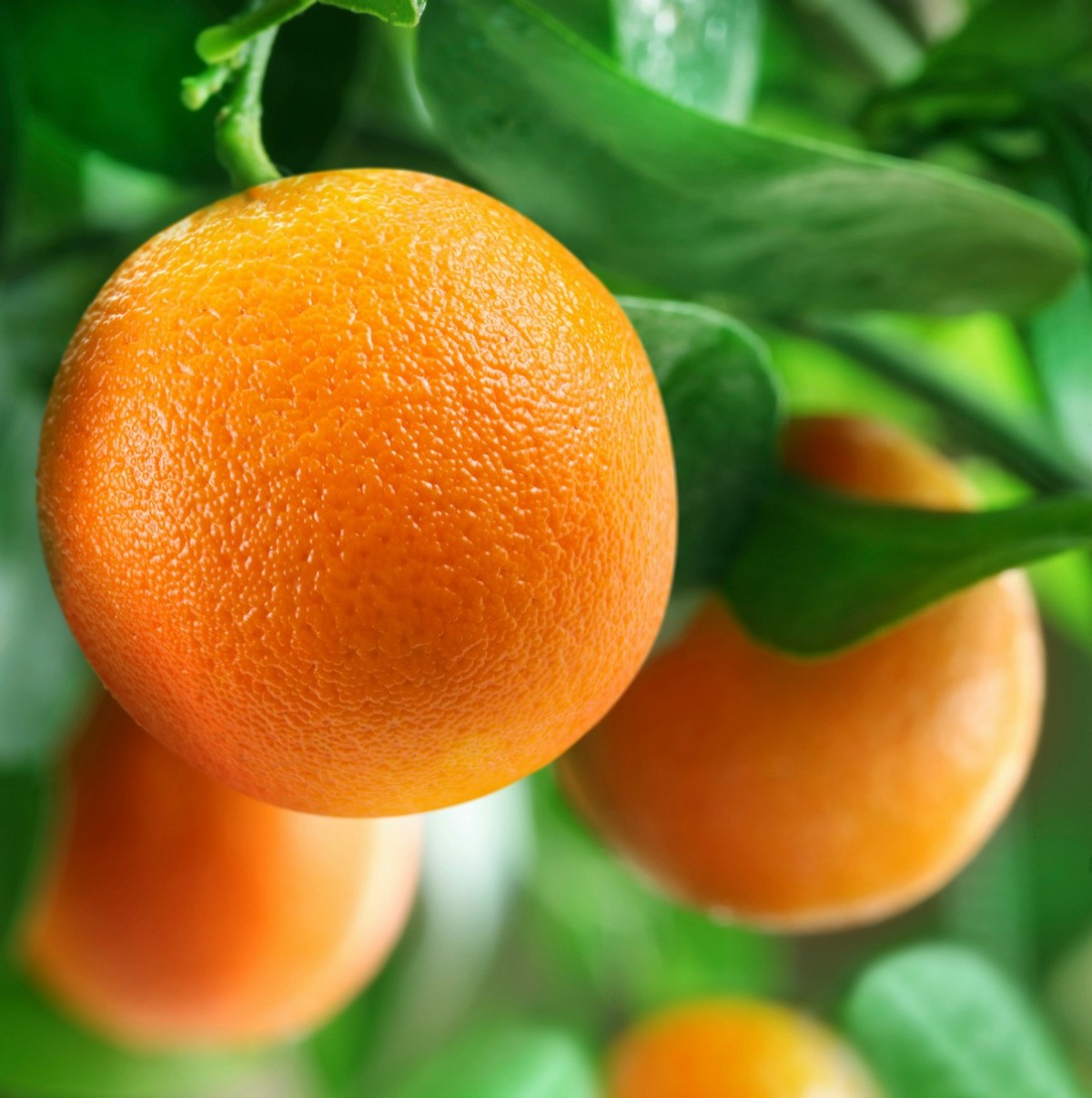

While your tree is still living outside, protect it during storms by covering it with an old blanket, and keep it warm on cool nights by stringing fairy lights through the branches. When moving your lemon tree indoors, choose a room with the brightest light possible (like a sunroom or greenhouse), and be sure to maintain moderate humidity to help fruit production.Īgain, a dwarf Meyer lemon tree is a good choice because it’s cold-hardy and Meyer lemon tree care fairly simple, so you won’t have to move it indoors until temperatures fall below freezing on a consistent basis. In colder climates, it’s safest to grow your lemon trees in a pot – that way you can move it indoors for the winter. Tips for Growing a Lemon Tree in Zones 5 and 6 Trunk wraps and other types of temporary covers are also beneficial. Consider looking for a dwarf Meyer lemon tree for sale, as a dwarf lemon tree variety is easier to look after when there’s a storm or hard freeze because you can cover it with until the frost has passed.
Lemon tree full#
Though the climate in these areas is generally mild with extended warm seasons, they do experience strong storms and occasional winter freezes.Ĭhoose one of the hardier cultivars (such as the Meyer lemon tree) and plant it in a location with full sun and with some wind protection to help increase its chances of surviving. Much of Zone 8 is fully or at least partially along a coast. Tips for Growing a Lemon Tree in Zones 7 and 8
Lemon tree how to#
Read on for tips on how to grow a lemon tree in almost any climate:

While it’s true the subtropical lemon tree plant is very sensitive to frost and does best in warmer climates (like those found in USDA Hardiness Zones 9 to 11), it is possible to keep a thriving lemon tree in cooler Hardiness Zones. Hey, lemon-lover! Have you ever wished you could enjoy homegrown lemons from your own lemon tree, without having to relocate to Florida or California? Here’s good news for you – it may be easier than you think!


 0 kommentar(er)
0 kommentar(er)
